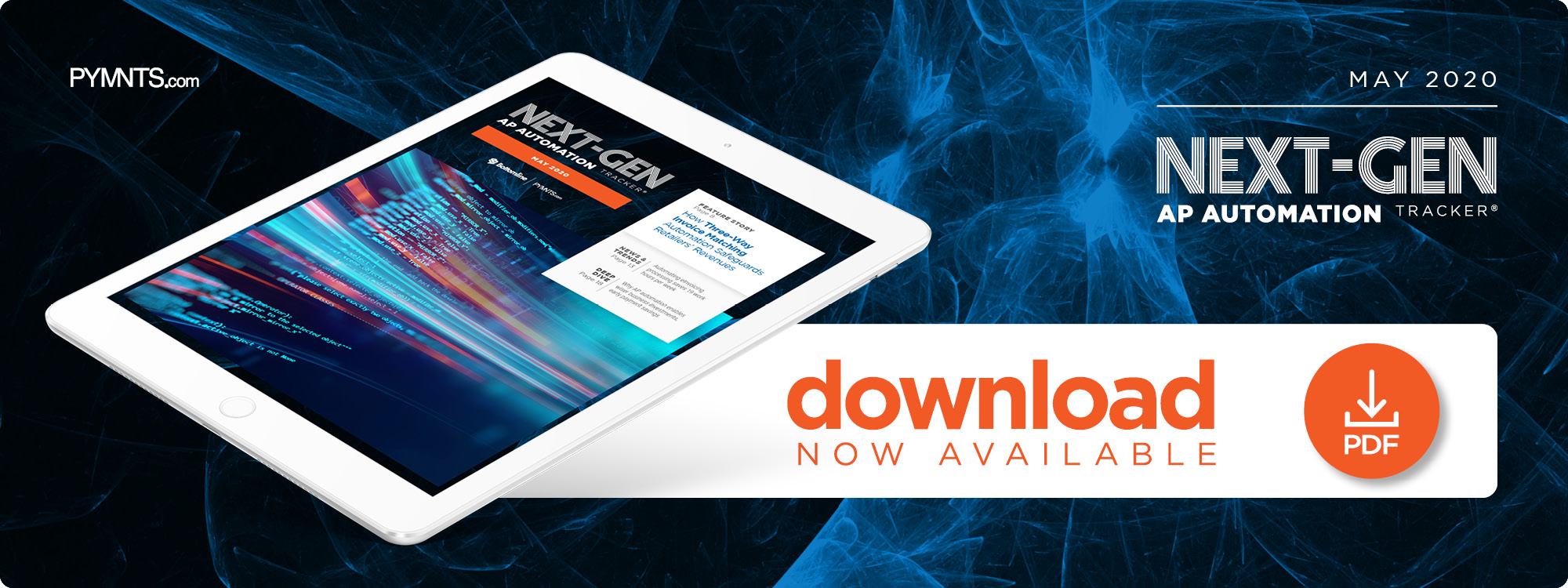Deep Dive: How AP Automation Data Powers Cash Forecasting, Investment Decisions

Finance professionals spend considerable time and effort using manual accounts payable (AP) processes that require sorting through paper documents and keying invoice details into their internal systems. These legacy methods provide scant details about payments’ statuses, however, which can make it difficult to reassure vendor partners that their funds are on the way. Forty percent of AP and finance professionals surveyed in 2019 their AP processes involved “too much paper,” for example, and 45 percent said their B2B payments were still made manually.
This reliance on manual processes is problematic, especially as AP departments are more often appreciated and scrutinized. Fifty-five percent of those surveyed called AP a “very” or “exceptionally valuable” area in 2020, up from 52 percent in 2019. Many companies consider adopting comprehensive digital systems daunting, though, as doing so often requires greater financial commitments or changes. Just automating part of the process — such as using digital tools to scan and extract data from paper invoices — but not employing software that flows details through approvals and payout means firms fail to address all AP pains.
Offering AP departments limited support allows financial teams’ unresolved problems to linger as they take on more work, too. Thirty-nine percent of surveyed professionals reported a 10 percent year-over-year increase in received invoices as of late 2019, meaning companies without efficient AP methods could face greater struggles if they use old-school techniques to sort through inundations of documents.
This month’s Deep Dive examines how AP automation can supply companies with better financial and operational insights, help them more precisely manage their budgets and enable them to deliver faster payments that satisfy their vendor partners.
Delivering Data Insights
AP professionals need clear understandings of firms’ payment obligations and resources to aid company decision-makers. This includes providing up-to-date information on current financial statuses as well as projections, which executives use to determine whether their firms should invest in new ventures or conserve funds.
Manual AP processes create delays because staff must sort through paper documents to obtain information, which can make it onerous for treasury departments to find the details they need to perform cash flow analyses. Working with paper documents can be so slow that treasury staff are unable to access the most up-to-date information and may be forced to rely on stale data to make decisions. AP automation tools can fix these lags and provide rapid data access and analysis. Companies are growing aware that better access to AP data could advance their businesses, with 48 percent stating that their most important AP department goals for 2019 included “improv[ing] AP reporting/data analytics.” Better data reporting means that companies will be more able to make accurate, insightful investment decisions.
Business owners can use automation to analyze AP data and assess their budgets, letting them better understand how much money they will have at different points in their cash flow cycles. A 2019 report found that 64 percent of AP departments were using AP data to help them with their budgeting, cash forecasting and expense planning, for example. It also found that 61 percent of survey respondents highlighted real-time AP data’s ability to improve their cash flow evaluations. Such insights can make companies less likely to overspend when cash becomes short and more confident in pursuing investment opportunities when financial obligations are on track.
Pleasing Vendors, Paying Faster
Access to up-to-the-moment data does more than ensure companies’ bottom lines are well-managed — it also improves vendor relationships by enabling businesses to quickly check payments’ statuses. They might find that errors must be corrected before approvals can go through, for example, allowing them to quickly fix issues and send funds. This means they can pay suppliers faster as well as resolve confusion about whether funds have been issued or when they might arrive.
Accelerating AP processes can also save companies money when making payments. Tools that extract and verify invoice data, automate data entry and smooth payment workflows help staff process larger numbers of invoices with similar resources. A 2020 study found that 53 percent of AP staff members said AP automation would save them up to two work hours per day, which allows companies to do more business, earn more revenues and control costs. Invoice processing automation reportedly enabled Fresno Surgical Hospital in California to handle a 33 percent rise in annual invoices without boosting staffing, for example.
Many vendors offer discounts for early invoice payments, too, and AP automation ensures companies can take advantage of such perks. Many companies struggle to capitalize on these benefits despite the value of early payment incentives, with just half of surveyed organizations receiving such discounts in 2018 and 16 percent saying they never manage to pay early. Companies that can easily review their financial statuses and projections — and thus confirm that they can make early payments while meeting their other financial needs — are less likely to delay payments to safeguard their financial reserves.
Many businesses hold more funds than necessary out of an abundance of caution, but precise data can help better guide their decisions. AP professionals must keep up with increasing volumes of invoices and accompanying data, but the right tools help efficiently manage these tasks while providing detailed information to guide business decisions. Automated AP processes give firms fast access to the budget data they need to identify when to pay invoices early, make investments or monitor for hiccups when paying suppliers. Equipping corporate buyers with AP automation tools will prepare them to wisely navigate current financial realities and those in the future.

